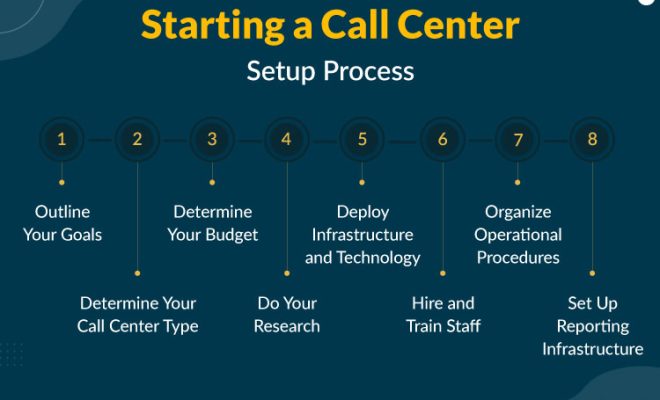How to Unclog a Radiator: 13 Steps

A clogged radiator can lead to decreased performance and even engine damage if not addressed promptly. If you suspect your radiator is clogged or in need of maintenance, follow these 13 steps to unclog it and restore optimal performance to your vehicle.
1. Gather necessary tools: To begin, you’ll need a wrench, pliers, gloves, rags, radiator flush solution, distilled water, container for coolant disposal, and a new radiator cap if required.
2. Position the vehicle: Park the car on a level surface and engage the parking brake. Allow the engine to cool completely before proceeding to avoid burns and other injuries.
3. Drain the coolant: Locate the drain valve at the bottom of the radiator. Place a container beneath it to catch the fluid. Use pliers or a wrench to open the valve and let the coolant drain completely.
4. Close the drain valve: After all of the coolant has drained out, close the drain valve securely.
5. Remove the old radiator cap: With gloves on, use pliers or another appropriate tool to remove the old radiator cap from atop the radiator.
6. Fill with radiator flush solution: Pour a high-quality radiator flush solution into your now-empty radiator using a funnel.
7. Top off with distilled water: Add distilled water to fill your radiator up to its designated fill line.
8. Replace the radiator cap: Put on a new or properly functioning radiator cap securely in place on top of your radiator.
9. Run your engine: Let your vehicle idle for about 10-15 minutes while turning on your heater to its highest setting allowing circulation through all cooling system components.
10. Turn off engine: Once again, let the engine cool down entirely before continuing with further steps.
11. Drain flush solution: Once cooled, place a container beneath your drain valve and open it as before (in Step 3) to let the flush solution drain out.
12. Fill with fresh coolant: With your drain valve still open, pour a mixture of coolant and distilled water (following the manufacturer’s recommended ratio) into the radiator until it drains out at a consistent level on the bottom.
13. Close the drain valve and top off coolant: Close your drain valve and top off your radiator with the correct coolant/distilled water mixture. Replace the radiator cap, start your vehicle, and run it up to operating temperature to check for leaks or other issues.
By following these simple steps, you can successfully unclog your radiator and ensure optimal performance of your vehicle. Make sure to monitor your vehicle’s temperature gauge after completing the process to ensure everything is functioning correctly. Regularly inspecting, maintaining, and flushing your radiator will prolong its lifespan and that of your engine.






